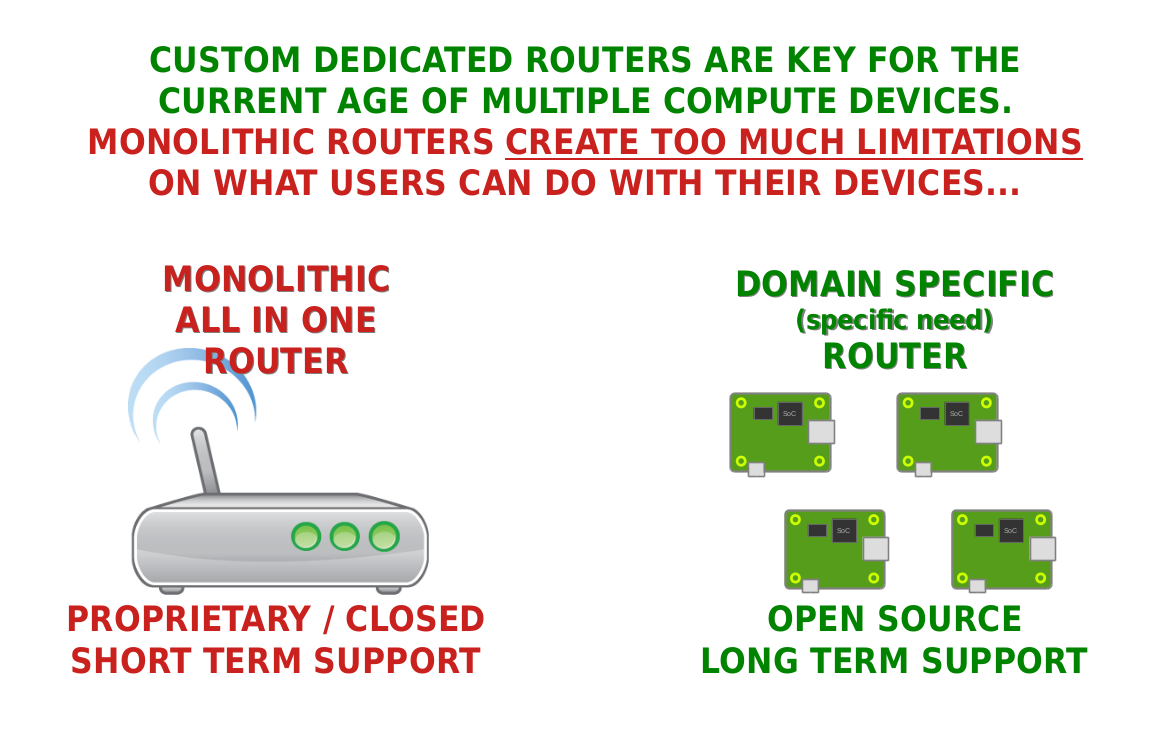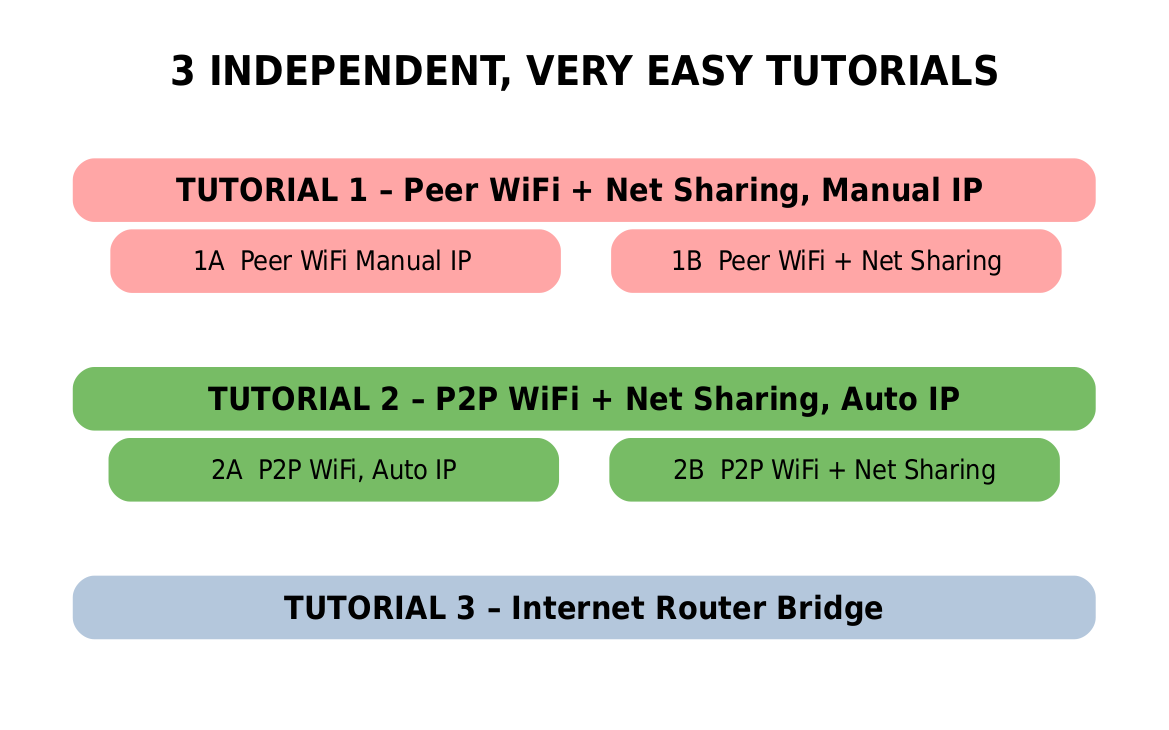Hey there, tech enthusiasts! If you're reading this, chances are you're diving headfirst into the world of IoT, remote connections, and all things Raspberry Pi. Securely connecting remote IoT P2P Raspberry Pi isn’t just a buzzword—it’s a necessity in today’s interconnected world. Whether you're building a smart home, monitoring remote sensors, or managing a fleet of IoT devices, having a secure and reliable setup is non-negotiable. So, buckle up, because we’re about to break it down step by step, making sure you’re not just following the crowd but truly understanding what’s at stake.
Now, I know what you might be thinking—“Isn’t IoT supposed to make life easier?” Well, yeah, it does. But with great power comes great responsibility, and in this case, that responsibility is ensuring your devices are secure. Imagine this: you’ve got a Raspberry Pi set up as a server for your IoT devices, but if it’s not properly secured, you’re practically rolling out the red carpet for hackers. Not cool, right?
So, let’s get real here. This isn’t just about tinkering with gadgets; it’s about protecting your data, your privacy, and potentially even your business. By the end of this guide, you’ll know exactly how to securely connect your remote IoT P2P Raspberry Pi setup, step by step, without breaking a sweat. Let’s dive in!
Read also:Mkvin Movie The Ultimate Hub For Film Enthusiasts
Table of Contents
- Understanding IoT and Its Importance
- Raspberry Pi Basics: What You Need to Know
- Why Secure Connections Matter in IoT
- P2P Architecture: The Backbone of Remote IoT
- Tools You Need to Securely Connect Remote IoT
- Step-by-Step Guide to Setting Up Your Raspberry Pi
- Encryption Methods for Secure IoT Connections
- Common Security Risks and How to Avoid Them
- Testing Your Setup: Is It Really Secure?
- Wrapping It Up: Secure IoT Connections Made Easy
Understanding IoT and Its Importance
Alright, let’s start with the basics. IoT, or the Internet of Things, is essentially a network of devices—think smart fridges, wearable tech, industrial sensors, and more—all connected to the internet and exchanging data. But why does it matter? Well, IoT isn’t just a trend; it’s revolutionizing industries, improving efficiency, and enhancing our daily lives. From automating home appliances to optimizing supply chains, the possibilities are endless.
However, with all these devices talking to each other, security becomes a major concern. Imagine a hacker gaining access to your smart thermostat or a critical industrial sensor. Not only could they mess with your daily routine, but they could also compromise sensitive data or even shut down entire operations. That’s where securely connecting remote IoT P2P Raspberry Pi comes into play.
Key Benefits of IoT
- Increased automation and efficiency
- Real-time data collection and analysis
- Cost savings through optimized resource usage
- Enhanced user experiences
Raspberry Pi Basics: What You Need to Know
Now, let’s talk about the star of the show: the Raspberry Pi. This little powerhouse is more than just a hobbyist’s dream; it’s a versatile tool for developers, educators, and businesses alike. Essentially, the Raspberry Pi is a single-board computer that can run various operating systems, making it perfect for IoT applications.
But why use Raspberry Pi for IoT? Well, it’s affordable, customizable, and has a massive community of users who contribute to its development. Plus, it’s compatible with a wide range of sensors, actuators, and other IoT devices, making it easy to integrate into your projects.
Key Features of Raspberry Pi
- Compact and lightweight design
- Support for multiple operating systems
- GPIO pins for hardware interfacing
- Low power consumption
Why Secure Connections Matter in IoT
Let’s be real for a second: security isn’t optional when it comes to IoT. With billions of devices connected to the internet, the attack surface is massive. Hackers are constantly on the lookout for vulnerabilities, and an unsecured IoT setup is like leaving the front door of your house wide open.
Secure connections are crucial for protecting your data, ensuring privacy, and maintaining the integrity of your IoT ecosystem. Whether you’re dealing with personal information, financial data, or industrial controls, a breach can have serious consequences. That’s why setting up a securely connected remote IoT P2P Raspberry Pi is so important.
Read also:Securely Connect Remote Iot P2p Ssh Raspberry Pi Free The Ultimate Guide
Consequences of Poor Security
- Data breaches and theft
- Unauthorized access to devices
- Damage to reputation and trust
- Potential legal and financial liabilities
P2P Architecture: The Backbone of Remote IoT
Peer-to-peer (P2P) architecture is a game-changer for IoT. Instead of relying on a central server, devices communicate directly with each other, reducing latency and improving efficiency. This is especially useful for remote IoT setups, where a central server might not always be available or practical.
With P2P, each device acts as both a client and a server, enabling seamless communication without the need for intermediaries. This not only enhances performance but also increases resilience, as the system can continue to function even if one device goes offline.
Advantages of P2P Architecture
- Reduced latency and improved speed
- Increased resilience and fault tolerance
- Lower infrastructure costs
- Enhanced scalability
Tools You Need to Securely Connect Remote IoT
Before we dive into the setup process, let’s talk about the tools you’ll need. Having the right tools makes all the difference when it comes to securely connecting remote IoT P2P Raspberry Pi. Here’s a quick rundown:
- Raspberry Pi: Obviously, you’ll need one of these. Choose a model that suits your project’s requirements.
- Operating System: Consider using Raspbian or another lightweight Linux distribution optimized for IoT.
- Network Configuration Tools: Software like Wi-Fi Manager or SSH for remote access.
- Security Software: Firewalls, encryption tools, and intrusion detection systems.
Recommended Software
- WireGuard for secure VPN connections
- OpenSSH for secure remote access
- Fail2Ban for protecting against brute-force attacks
Step-by-Step Guide to Setting Up Your Raspberry Pi
Alright, let’s get our hands dirty. Here’s a step-by-step guide to setting up your Raspberry Pi for securely connecting remote IoT P2P:
Step 1: Install the Operating System
Start by installing your chosen operating system on the Raspberry Pi. Raspbian is a great choice for beginners, but feel free to explore other options if you’re more experienced.
Step 2: Configure Network Settings
Set up your Wi-Fi or Ethernet connection, ensuring that your Raspberry Pi can communicate with other devices on the network.
Step 3: Enable SSH
SSH allows you to securely access your Raspberry Pi remotely. Make sure to enable it and set up strong passwords or SSH keys for added security.
Step 4: Implement Encryption
Use tools like WireGuard or OpenSSL to encrypt your data transmissions, ensuring that even if someone intercepts your data, they won’t be able to read it.
Step 5: Set Up Firewalls
Firewalls are essential for protecting your Raspberry Pi from unauthorized access. Configure them to allow only necessary traffic and block everything else.
Encryption Methods for Secure IoT Connections
Encryption is your first line of defense when it comes to securing IoT connections. By encrypting your data, you ensure that even if someone intercepts it, they won’t be able to make sense of it without the decryption key.
There are several encryption methods you can use, depending on your specific needs:
- SSL/TLS: Widely used for securing web traffic.
- WireGuard: A modern VPN protocol known for its simplicity and speed.
- OpenSSL: A robust toolkit for implementing SSL/TLS protocols.
Common Security Risks and How to Avoid Them
Even with the best intentions, security risks can still crop up. Here are some common risks and how you can mitigate them:
Risk 1: Weak Passwords
Use strong, unique passwords and consider implementing two-factor authentication (2FA) for added security.
Risk 2: Unpatched Software
Regularly update your operating system and applications to ensure you have the latest security patches.
Risk 3: Unsecured Networks
Always use secure networks and avoid connecting to public Wi-Fi without proper encryption.
Testing Your Setup: Is It Really Secure?
Once you’ve completed your setup, it’s crucial to test it thoroughly. Use tools like Nmap for network scanning, Metasploit for penetration testing, and Wireshark for packet analysis to ensure your setup is as secure as possible.
Remember, security is an ongoing process. Regularly review your setup, update your tools, and stay informed about the latest threats and best practices.
Wrapping It Up: Secure IoT Connections Made Easy
And there you have it—a comprehensive guide to securely connecting remote IoT P2P Raspberry Pi. By following the steps outlined in this article, you’ll be well on your way to creating a robust, secure IoT setup that can handle whatever challenges come your way.
So, what are you waiting for? Dive in, experiment, and most importantly, stay safe out there. And don’t forget to share your thoughts and experiences in the comments below. Who knows? You might just inspire the next big IoT project!
Thanks for reading, and happy tinkering!


